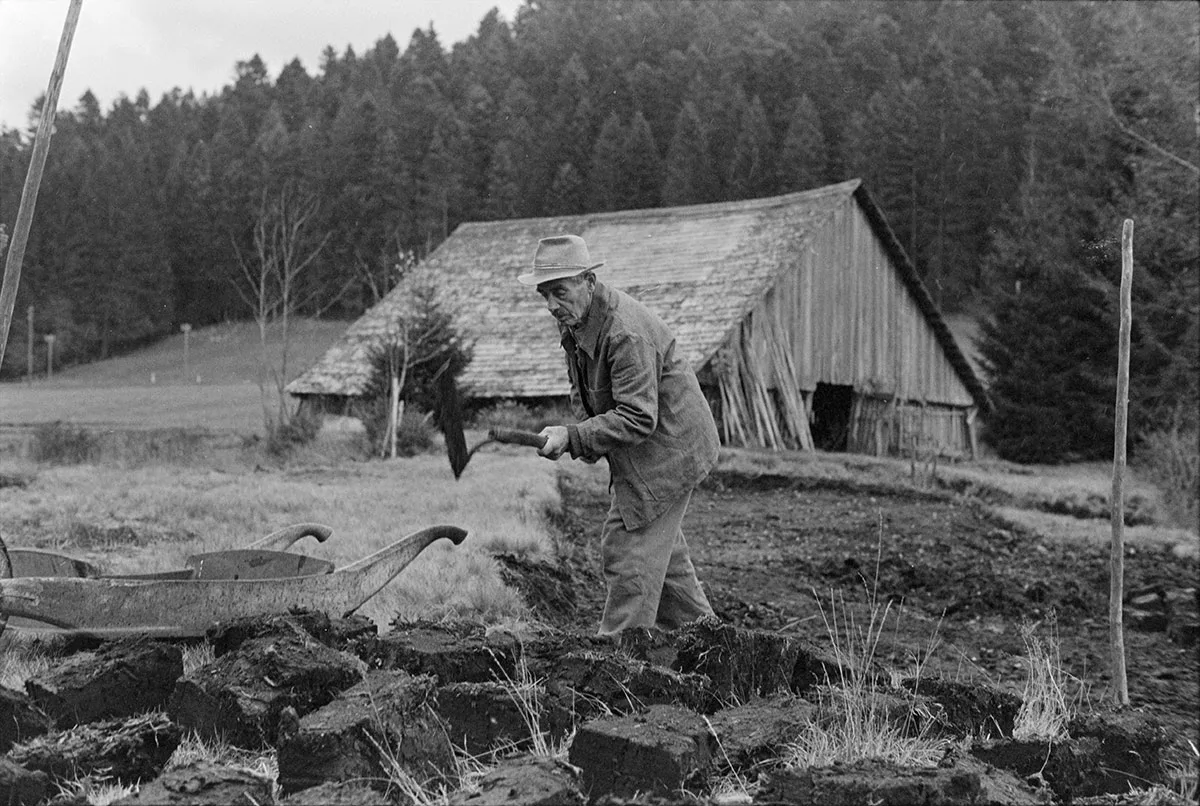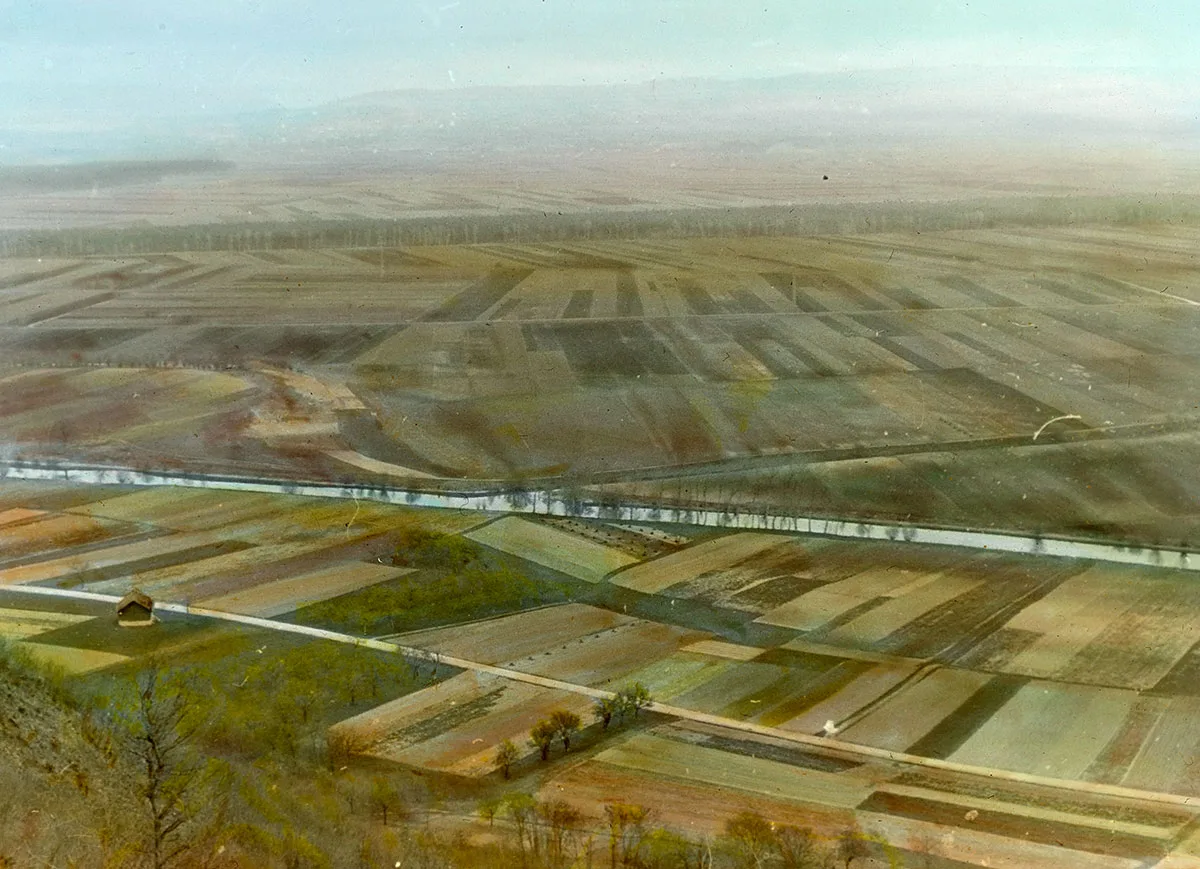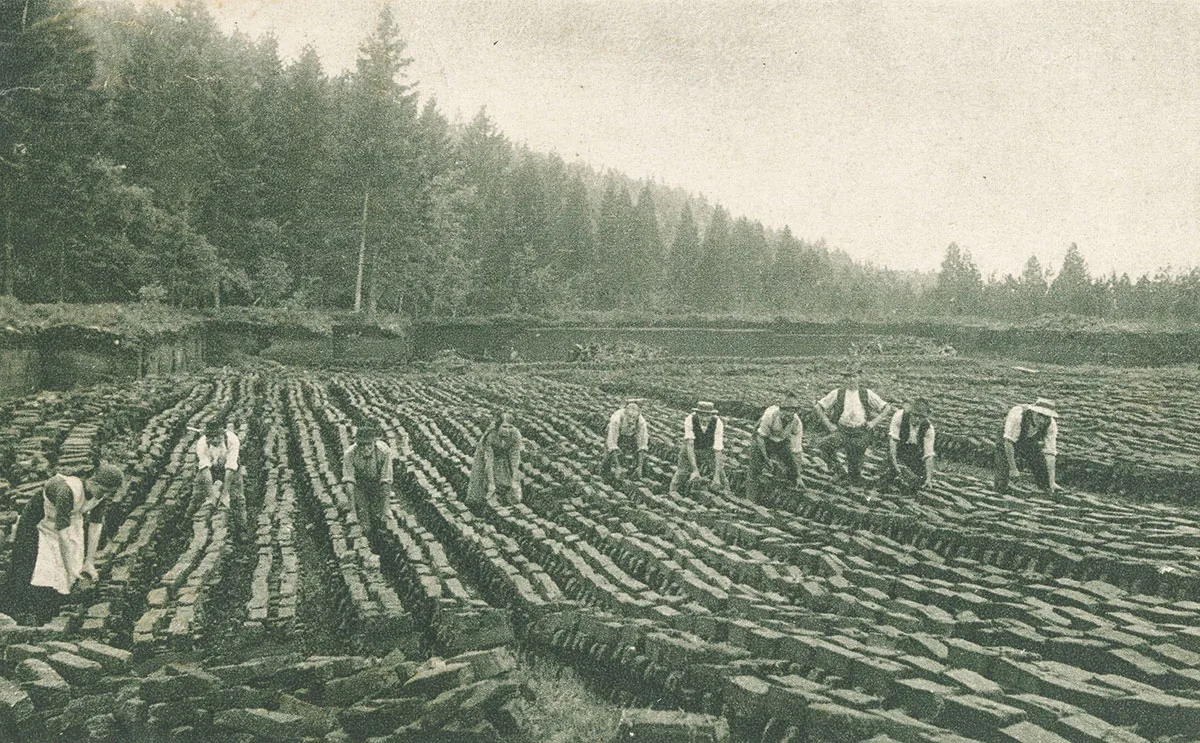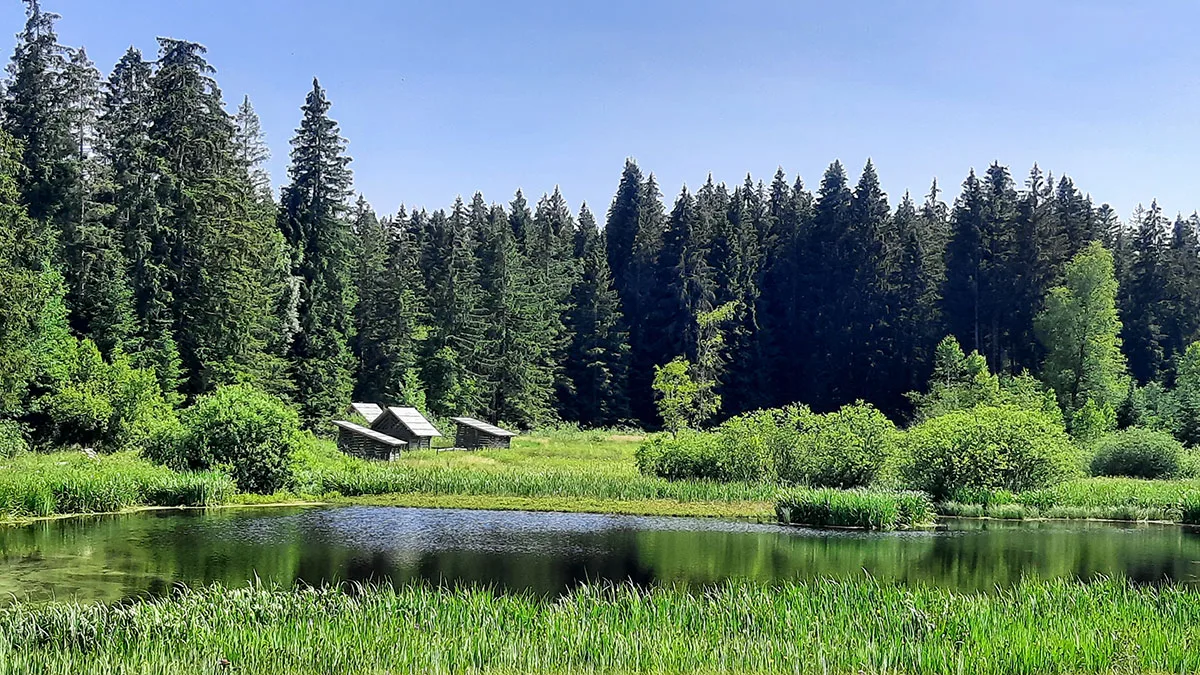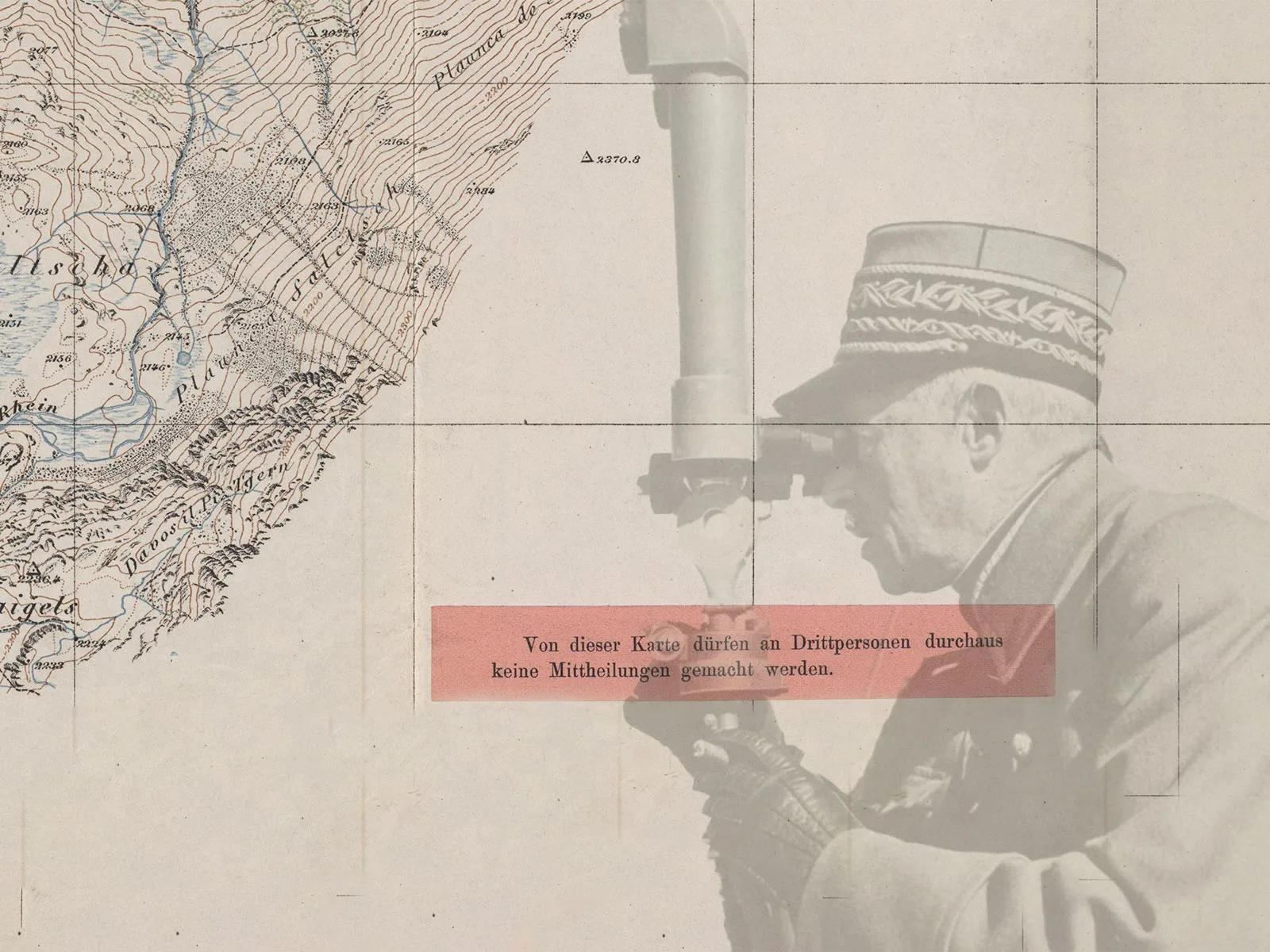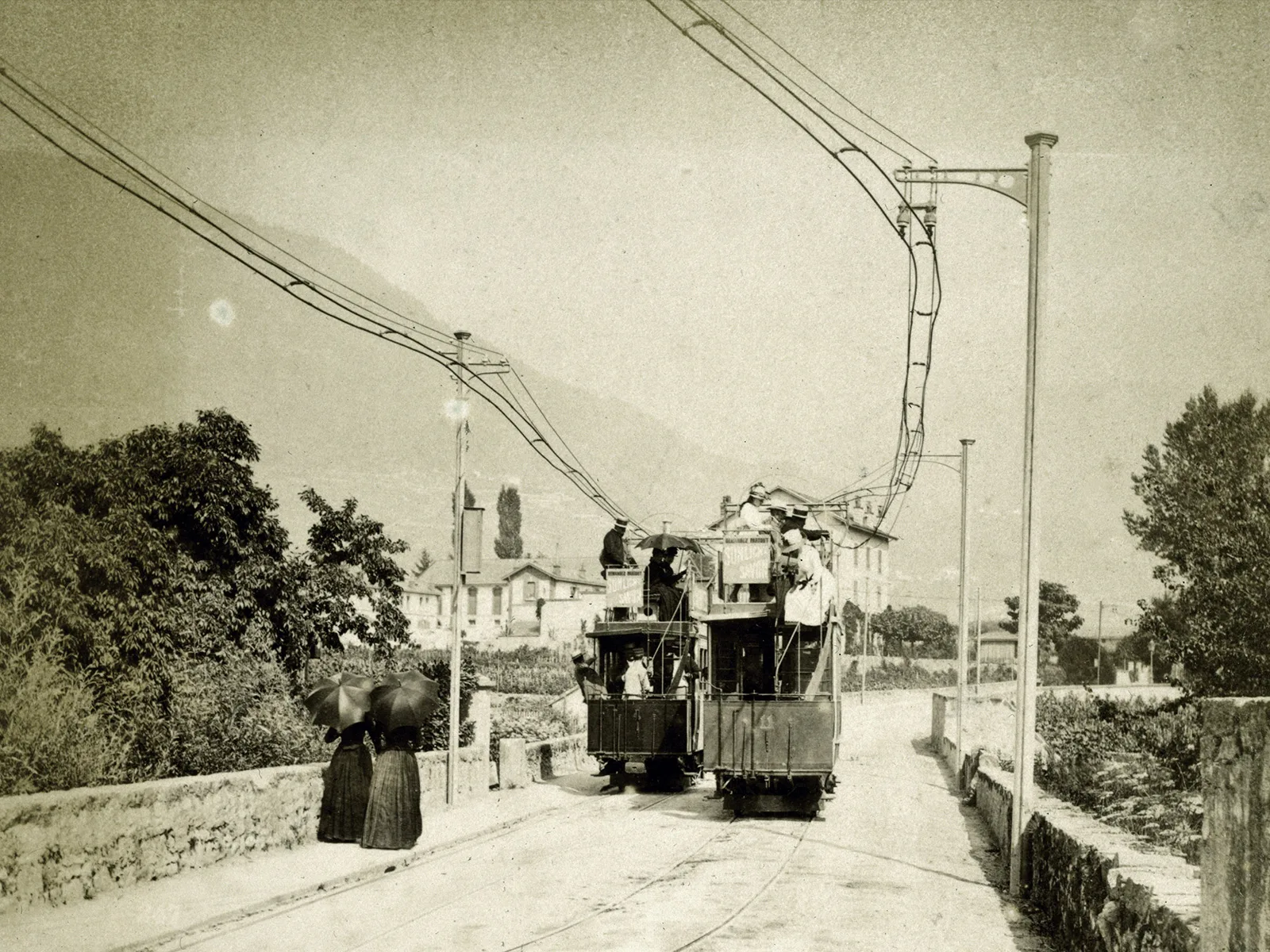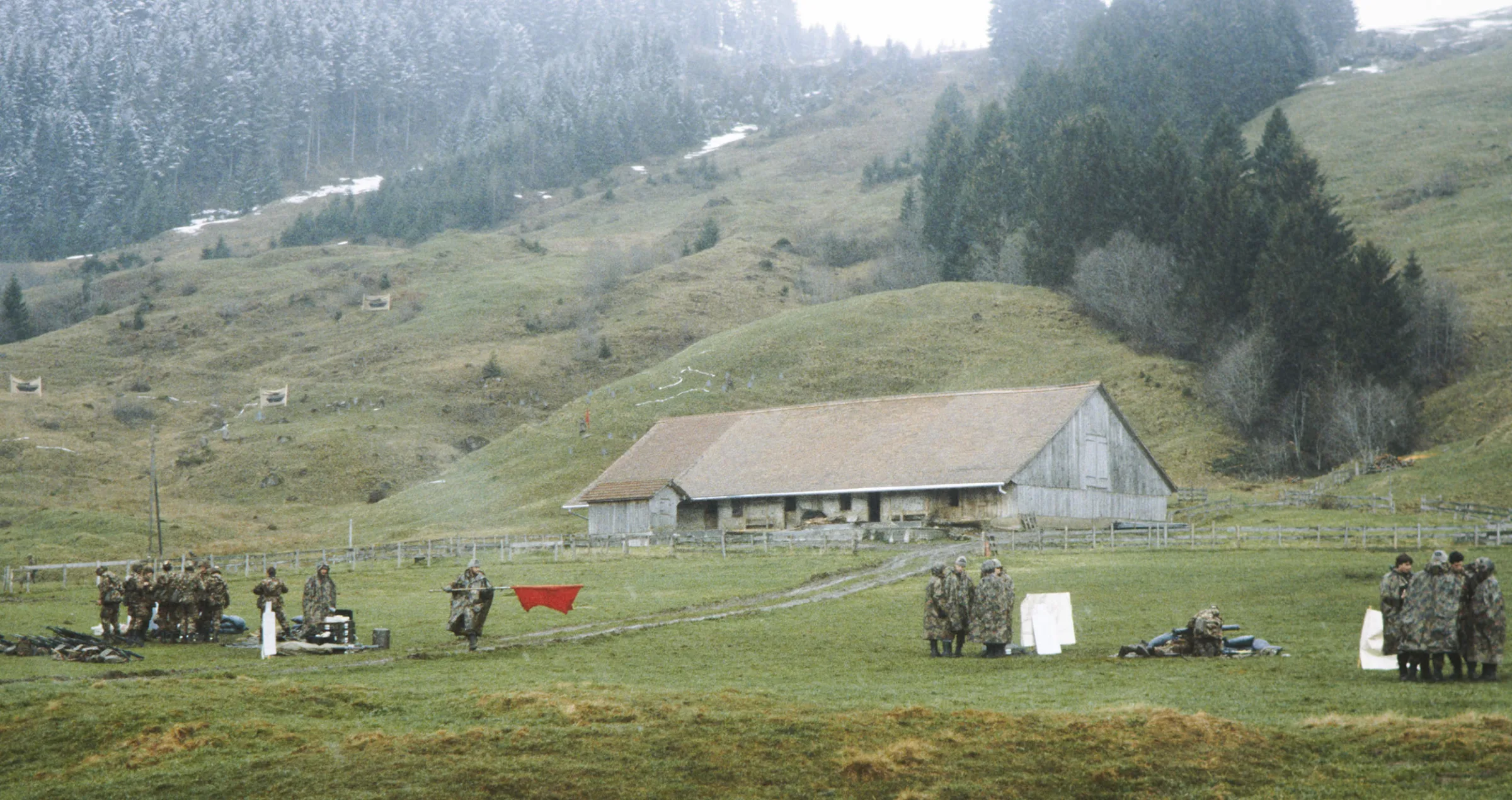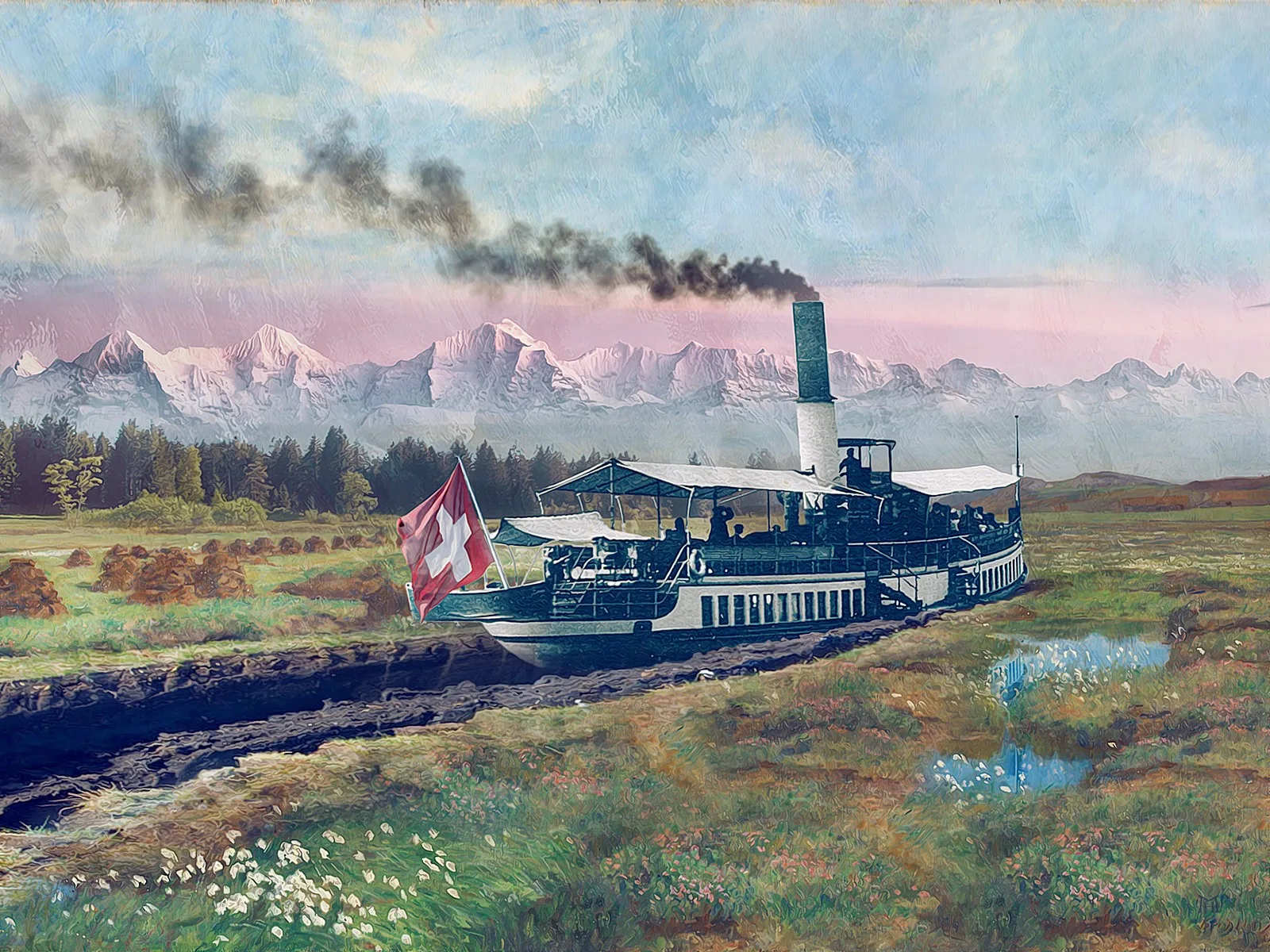
The energy source from the moors
The threat of an energy shortage is nothing new to Switzerland, where demand has repeatedly exceeded supply over the years. However, one energy source that has always proved especially popular in times of crisis is now off limits – peat.
In Bern, a committee known as the ‘Holzkammer’ first assumed responsibility for peat instead of wood in 1737. The role of the Holzkammer was to oversee the delivery of the required firewood and constructional timber to the people and business community. The first cuts of peat, or ‘underground wood’ as it was known colloquially, were extracted in Lörmoos, some kilometres to the northwest of Bern, and used to heat the two city hospitals. However, the wood shortage persisted so the Holzkammer had no option but to expand its peat-cutting operations into other moorland areas. A decree was issued in 1786 to provide the needy in the city with more peat instead of wood and to use peat for heating the official buildings. This further increased demand for the commodity. The Holzkammer was again charged with finding new moorland areas, which it located in Schwarzenegg to the northeast of Thun in the Zulg Valley. This area bears many of the features left from the last Ice Age. Numerous moraines stretch over the hills where the Emmental valley meets the Bernese Oberland. As a result, there are many hollows where, not least due to the clayey, impermeable subsoil, many moorlands have formed. It was from one of these moors that Bern received about 1500 cartloads of peat every year.
